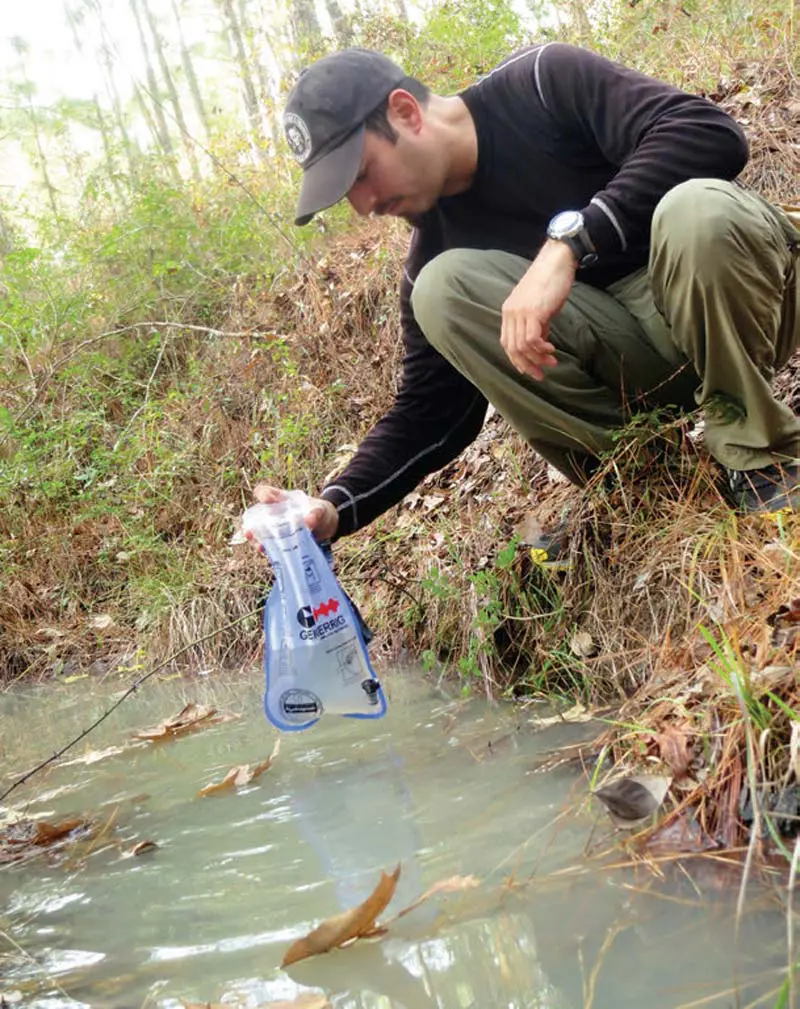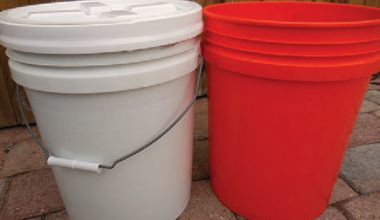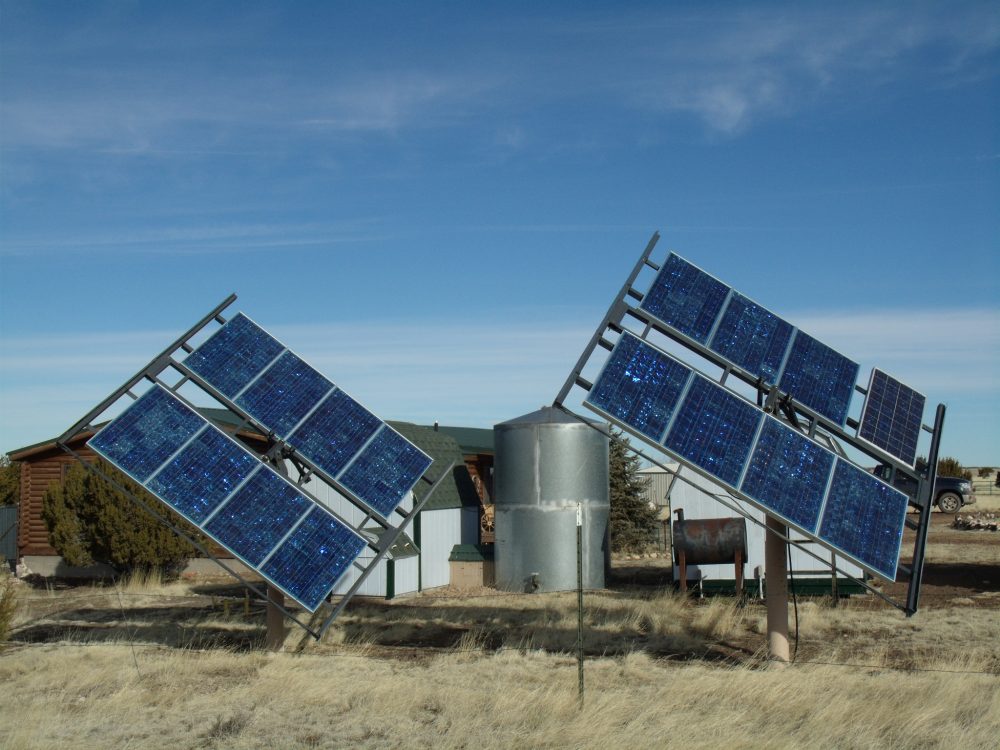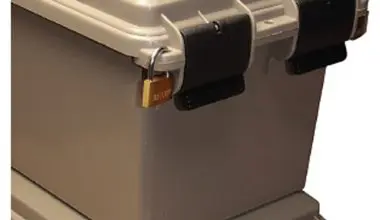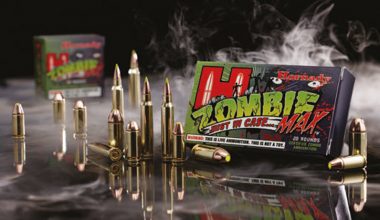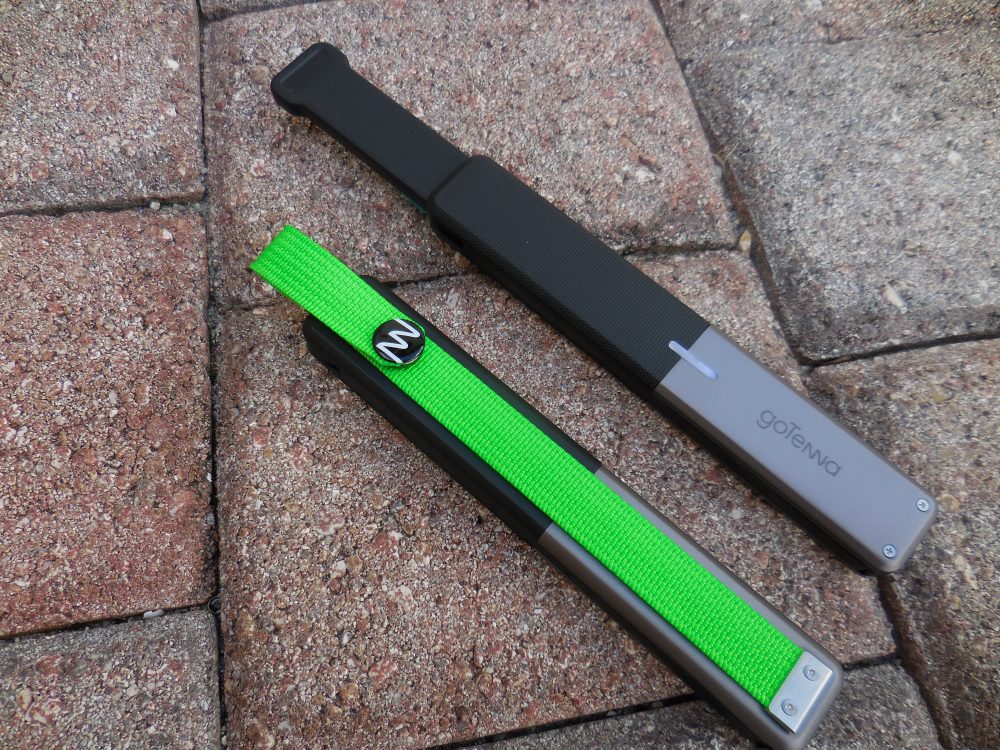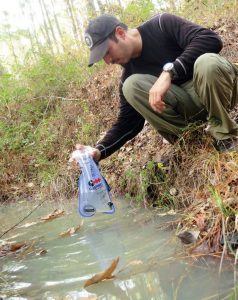
Every now and then, a product comes along that justifiably turns heads. I first heard of Geigerrig a few months ago via a series of YouTube videos that displayed a variety of field tests that were way out-of-the-norm for a hydration bladder.
I vividly remember a video of a man wearing a Geigerrig pack (with the bladder inside) getting hit repeatedly on the backpack/back with a wooden stick while on all fours. There are videos featuring dry ice bombs, drops from buildings, hurling packs out of a vehicle at 100 mph, and more. My favorite is the video of an armored SWAT vehicle running over the bladder and the end caption reading “Not Even SWAT Can Take It Down!”
Table of Contents
THE GEIGER DIFFERENCE
What are the benefits of using a Geigerrig Hydration Bladder? The main difference between a Geigerrig Hydration Bladder and a conventional hydration bladder is that the user does not suck on a bite valve with the Geigerrig. Instead, the unit supplies a stream of water that flows out at an impressive rate and distance. All you need to do is lightly pinch the hydration pack bite valve with your fingers or lightly touch the hydration pack bite valve with your teeth to start the water flowing. This is a game changer for many reasons.
The ability to spray water means that when physically exerting yourself, you don’t need to make the extra effort required to get water out of a traditional bite-valve hydration bladder. In addition, water can be easily shared among people and pets. Small wounds can be cleaned off, as well as gear (boots, bike tires, skis, hunting tools) that may be covered in mud, sand or blood.
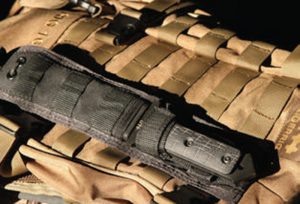
With conventional water bladders, it’s very hard to cool yourself or others with it if heat-related issues occur. I can speak from experience on this. A few times during jungle survival classes in Peru, we had to cool guys who were down due to overheating. Try this with a regular bladder! Think of the Geigerrig Hydration Bladder as a hydration and cooling system all in one.
This is made possible by an extra sheet of polyurethane that is separate from the water compartment of the bladder. This compartment has a tube attached to a bulb (valve) that pumps air into the compartment to pressurize the system. Because of the unique technology, the pressurizing air in the hydration pack never hits the drinking tube, which may subsequently depressurize your hydration pack. There is a single button on the bulb/valve that will depressurize the system when it’s time to refill the bladder with water.
This is a complete hydration system that is filter ready. Geigerrig offers two plug-and-play filters, the G2 and G4. The G2 Crypto is a small in-line filter that snaps into the bladder at one end and into the hose on the other. It removes protozoans (giardia and cryptosporidium). The G4 Virus filter is a little larger but not much heavier than the G2. It filters out viruses, bacteria and protozoans.Additionally, the Geigerrig Hydration Bladder is super easy to clean due to the reversible nature of the bladder, which allows it to be turned inside out. The bladder is also dishwasher safe.
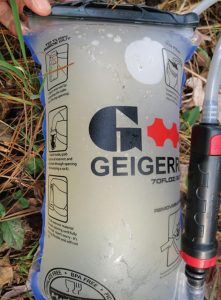
IN THE FIELD
During a weeklong combat tracking and survival class in Louisiana, I had the opportunity to test the 70-ounce Geigerrig 2L Hydration Bladder first hand. This included the G2 in-line water filter.
We had planned on spending long days in the woods tracking and eventually conducting a wilderness survival class. I chose not to haul 20 pounds of water with me through the woods. Instead, I opted to carry 1.5 to two liters at a time and refill in the creeks and streams I hoped to find along the way. Another advantage of the Geigerrig system is that the bladder has a slide seal on the top rather than a screw top. This makes it easy to dunk the unit into a stream, pond or other water source for refilling.
Reality soon struck: the creeks and streams were more like, well, mud puddles. I have used some of the foulest water sources over the years, ranging from dead sloth guts in the stream in Peru to water buffalo bathing in creeks in the Philippines. Needless to say, I would be using the G2 water filter for these Louisiana mud puddles.
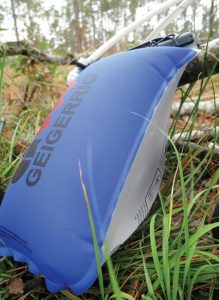
There was definite sign of animals using these water sources. If you have ever been to the zoo or seen nature documentaries, you have observed that when animals are at their watering source, they are usually drinking and defecating at the same time.
The first time I actually needed water, I found the remnants of a creek that looked like it had been imported from the jungle. The water was white colored as well as stagnant. It didn’t look appealing at all. A couple of students didn’t want me to drink from it, and I almost listened to them. I carefully dunked the bladder to fill it, then sealed it up and began to drink.
When the G2 filter is attached, water flow is not as strong as when there is no filter attached. Instead of a spray, there a strong drip. This is the case with most in-line filters. The best way to get water out of the hose when the filter is attached is to use the conventional bitevalve way of drinking.
That being said, when I removed the filter (and was sure I had clean water in my bladder), it was back to firehose pressure. One thing I had to learn for myself was not to be shy when it came to pumping the bladder full of air—the more air, the better!
While using the Geigerrig Hydration Bladder during this class, I got a lot of questions from the students, who just happened to be from one of the most elite law enforcement groups in the United States.
MY OWN EXTREME TEST
After seeing what it could do, they wanted to get their hands on one. I mentioned the extreme test videos I’d seen, and they offered one challenge using their training facilities. Our lead contact on the base told me they had a six-story rappelling and rock climbing tower I could throw the Geigerrig Hydration Bladder off. They didn’t have to ask me twice.
Before the actual toss, I used the bladder not only as my water reservoir but also as my pillow while sleeping out next to a long-fire. The heat didn’t seem to bother the exposed bladder. As I lay there contemplating the upcoming final test for the bladder, I couldn’t help but think of the nasty water I’d drunk in the Louisiana backwoods. Would that small light plastic filter work, or would I be writhing in agony in the days to come?
Around camp, the Geigerrig filled up mugs, rinsed off gear and knives, and assisted in extinguishing campfires. On the last day of class, I climbed up the six-story tower and threw the half-full Geigerrig Hydration Bladder (including hoses and valve) off and let it crash down onto the grass below. I retrieved it, climbed back up, and gave it another toss. This time I made sure it ended up on the concrete. After two good throws, it had a small leak.
Wow, that’s what it took to get this to leak? It’s highly doubtful this bladder will fail under regular or hard use. As for the filter, 16 days of testing told me it worked!
